Only some people are cut out to be professional pest exterminators or are interested in dealing with the pesky critters that get into our homes when we least expect it. That’s one reason why Precise Termite & Pest Control has emerged as northern New Jersey’s preferred choice for ridding local households of everything from mice to ants, bees, birds, mosquitoes, cockroaches, bats, and more.
Over the past 30+ years, we’ve learned a lot about being in this industry, including the many misconceptions people have about the extermination business. Here are some rodent control myths we’d like to debunk and set the record straight on!
1. MYTH: Not Seeing Rodents Means No Problem
Just because you don’t see them doesn’t mean they’re not there. Rodents do everything they can to avoid contact with humans, typically coming out only at night when you are sleeping. If you see one rodent, chances are there are more, especially during the daytime.
2. MYTH: Clean Homes Are Rodent-Free Homes
Rodents are not picky about the houses they infest and take up residence in clean homes as well as dirtier ones. Your location and surroundings affect the level of rodent activity. However, rodents like clutter, so keep the outside of your home and yard free from attractive hiding spots, and clean up spills and crumbs immediately.
3. MYTH: Poison Is the Best Solution
Some DIY enthusiasts take a ruthless approach to rodent control and fill their homes with rat poison to tackle infestation issues. However, rodent poison can take up to 10 weeks to work, which means that they can continue to destroy your property and breed before they die. The stench of dead rodents in your home isn’t just sickening; it can contaminate the air you breathe and make you actually sick. Rodent poison left out can also put children and pets at risk of being poisoned as well.
4. MYTH: Cheese is a Rodent’s Favorite Food
In cartoons, rats and mice gravitate toward cheese more than anything else. But in real life, there are better baits to use than cheese. Sneaky and agile rodents can remove cheese from traps without setting them off. Sticky substances like peanut butter and high-aroma foods like meat are often more enticing to rodents than cheese.
5. MYTH: Rodents Only Inhabit Homes in the Winter
Another rodent control myth is that these pests are only seasonal concerns. However, rodents are four-season pests that affect homeowners all throughout the year. Mouse and rat activity typically picks up in the fall when rodents sense a drop in temperature and start preparing for winter survival. In the spring and summer, rodents seek shelter indoors to breed and give birth.
6. MYTH: Pets Will Take Care of Rodents
Cats make wonderful additions to households as pets but aren’t always the most effective exterminators. Cats, dogs, and other household pets may deter some rodent activity, but they cannot address rodent issues inside walls, up in the attic, or in other hard-to-reach places. Rodents may also access food and water from your pets’ bowls, contaminating them and potentially making them sick.
We Can Help with Your Rodent Problem
With these rodent control myths busted, we hope you better understand how rodents affect a home and why professional help is needed for mice and rats. Precise Termite & Pest Control specializes in rodent control and offers free inspections to help you get a handle on your rodent problem.
Please contact us today at 866-971-2847 to learn more about our approach to rodent extermination and prevention or to schedule your initial visit.

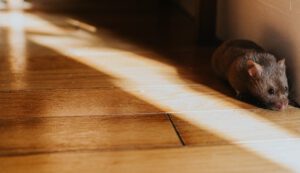
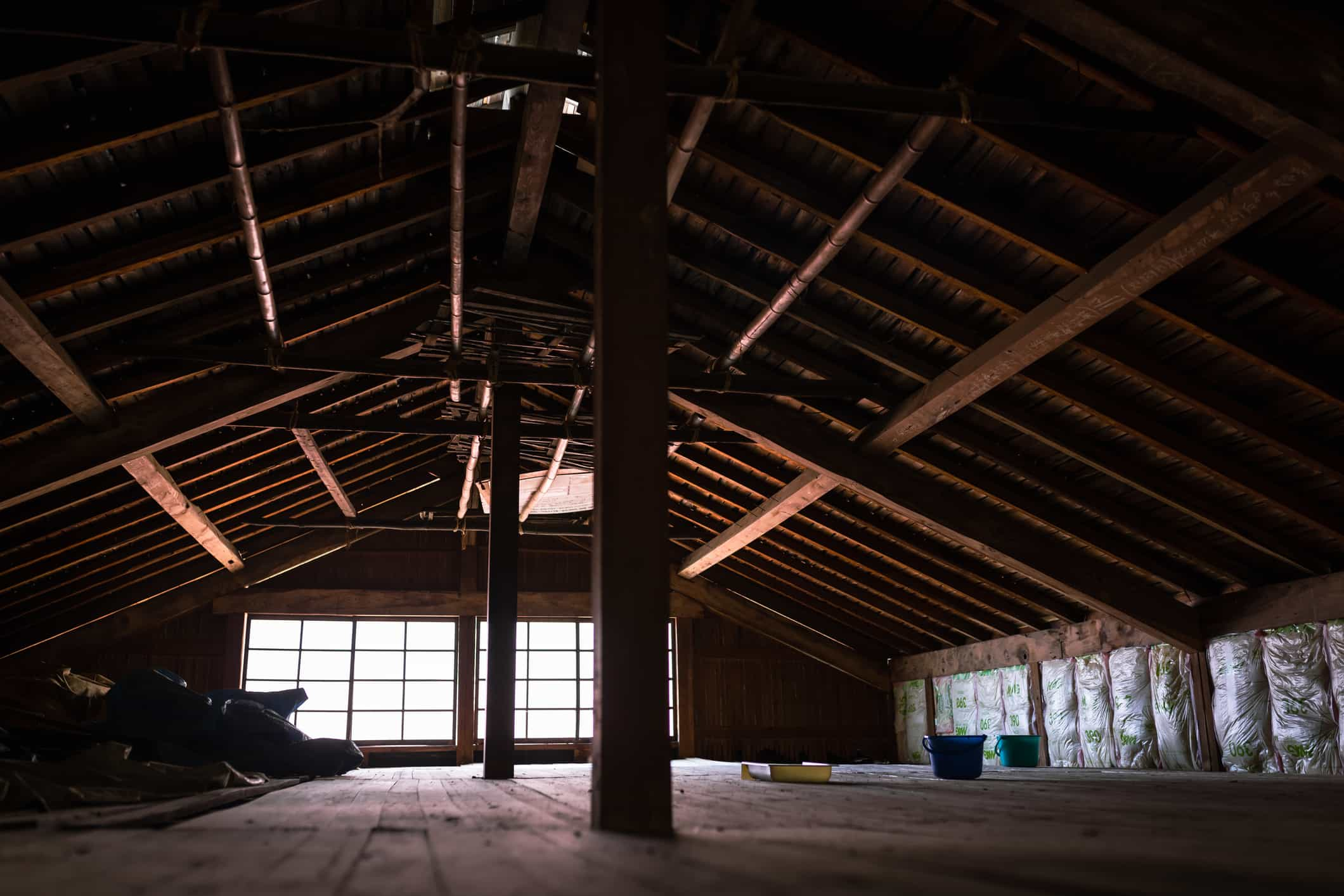
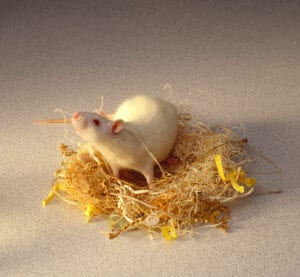
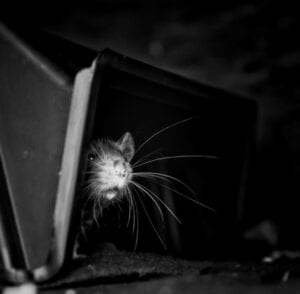
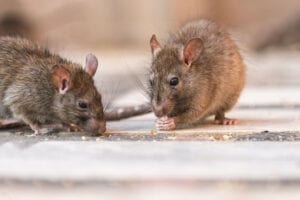
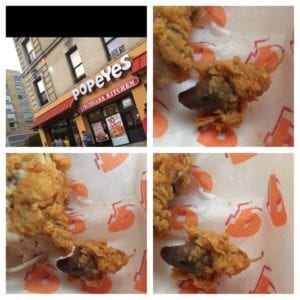
 The history of Groundhog Day dates back to the 18th and 19th centuries in central Pennsylvania. Folklore states that if a groundhog appears out of its burrow on February 2nd, Spring will be arriving early; six more weeks of winter is eminent if on a sunny day the groundhog emerges and retreats back to the burrow after seeing its shadow. Presently, Groundhog Day is a part of holiday festivals and celebrations of food and activities; a lot of pressure to put on a little, cute-looking rodent.
The history of Groundhog Day dates back to the 18th and 19th centuries in central Pennsylvania. Folklore states that if a groundhog appears out of its burrow on February 2nd, Spring will be arriving early; six more weeks of winter is eminent if on a sunny day the groundhog emerges and retreats back to the burrow after seeing its shadow. Presently, Groundhog Day is a part of holiday festivals and celebrations of food and activities; a lot of pressure to put on a little, cute-looking rodent.